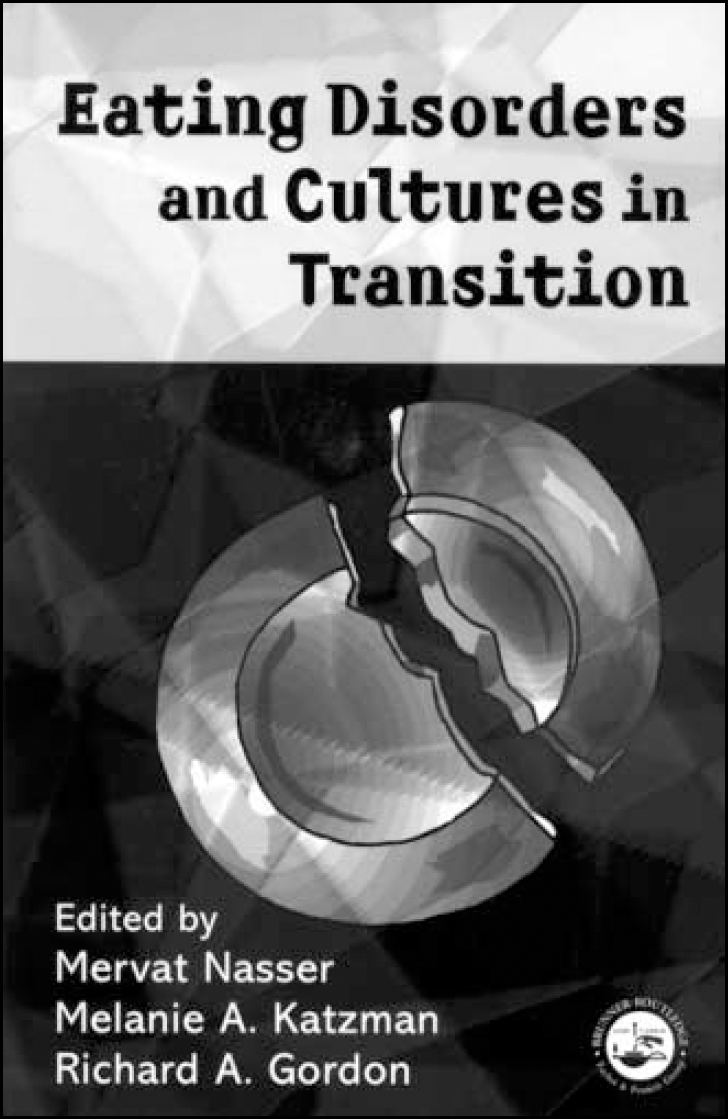The three editors of this interesting book are authorities on eating disorders and each has wide experience of sociocultural issues. They bring together authors and perspectives from around the world to provide the cutting edge of opinion.

The book is organised into nine main chapters, each answering a different question. Each chapter is followed by two commentaries, one written by a clinician and the other by an expert from fields such as sociology, economics and anthropology. The purpose is to create debate about each of the questions posed. As none of the chapter authors had seen the responses before the book went to press, the views expressed in the chapters have not been influenced or altered by the commentaries. The use of commentators from widely differing disciplines is very thought-provoking and fosters involvement in the debate.
The questions posed are diverse. Topics include the notion of eating disorders as culture-bound syndromes, the recent emergence of eating disorders in Black South African women, the meaning of self-starvation in China, as well as the possible political and economic meanings of the pursuit of thinness in Argentina. The identity struggle of women in changing societies is a recurring theme and is proposed as a possible factor in the increase in the incidence of eating disorders. However, there is little robust evidence with which to compare current levels of eating disorders, as most epidemiological studies on eating disorders are relatively recent.
Although many of the clinical accounts focus on local issues, they are surprisingly easy to read, and this is indicative of the similarities in clinical thinking around the globe. The commentaries by the non-clinicians raise many more questions. For example, Penny Van Esterik introduces the different perspective taken by anthropologists. She states that anthropologists ‘look at eating disorders from a holistic comparative perspective, placing them in the context of food systems, gender systems and kinship systems’. She also proposes that anthropologists become involved with psychologists to examine eating disorders further.
The arguments in this relatively small volume are weighty and the debate is scholarly. They illustrate the fascination of sociocultural models of eating disorders and provide an excellent source of references for further study and research. Although it does not make light reading material, I would recommend this volume to anyone interested in sociocultural aspects of mental disorders.



eLetters
No eLetters have been published for this article.